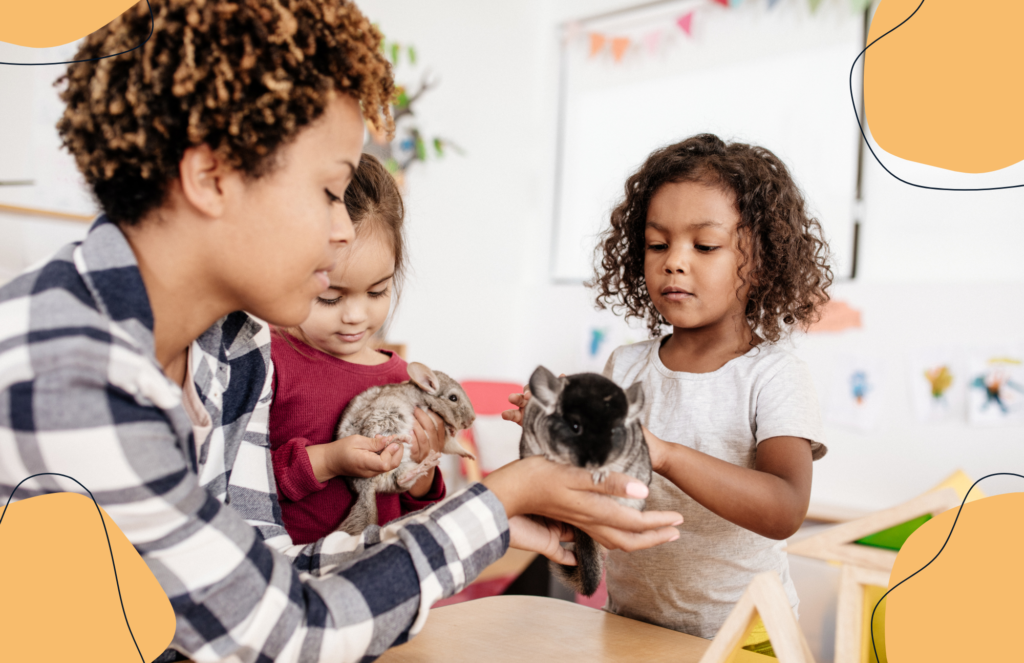Your cart is currently empty!
A comprehensive framework for behavior guidance in a preschool classroom can be structured around the following principles:
- Positive Language:Using phrases that highlight what a child should do instead of what they shouldn’t do, like saying “Please use walking feet inside” instead of “Don’t run.”
- Clear Expectations:Establishing simple, easy-to-understand rules and routines that are consistently enforced throughout the day.
- Visual Cues:Employing visual aids like pictures or symbols to help children understand expectations and transitions.
- Modeling Appropriate Behavior:Demonstrating desired behaviors through actions and words to guide children’s learning
- Active Listening:Paying close attention to children’s verbal and nonverbal cues to understand their needs and concerns
- Positive Reinforcement:Offering praise and recognition for positive behaviors, including specific details about what they did well
- Redirecting Behavior:Gently guiding a child towards a more appropriate activity when they exhibit undesirable behavior
- Choice-Giving:Providing children with limited options to promote autonomy and engagement
- Teaching Social Skills:Explicitly teaching skills like sharing, taking turns, and saying “please” and “thank you”
- Individualized Approaches:Considering each child’s unique temperament and needs when implementing guidance strategies
Examples of behavior guidance techniques:
- “Time-in”: Having a designated area where a child can take a short break to calm down if needed
- “Calm Down Corner”: A designated space with calming activities to help children self-regulate
- “Think-Pair-Share”: Asking children to think about a situation, discuss it with a partner, and then share their thoughts with the group to promote problem-solving
- “Check-ins”: Regularly checking in with children to discuss their feelings and needs
Important Considerations:
- Consistency is key:Ensure all adults in the classroom are using the same strategies for behavior guidance
- Be patient:Children learn at different paces, so provide support and positive reinforcement throughout the process
- Collaborate with parents:Communicate with parents about behavior expectations and strategies used in the classroom
For effective behavior guidance in a preschool classroom, consider referencing the following resources:
“The Guidance Guide: A Big Book of Ideas for Early Childhood Educators” by Karen L. A. O’Connor
“Teaching with Love and Logic” by Jim Fay and David Funk, w
HighScope Preschool Curriculum
Online platforms like the National Association for the Education of Young Children (NAEYC) and Zero to Three offer articles and webinars on behavior management and social-emotional learning. Local workshops and community resources may also provide tailored support for preschool educators.

